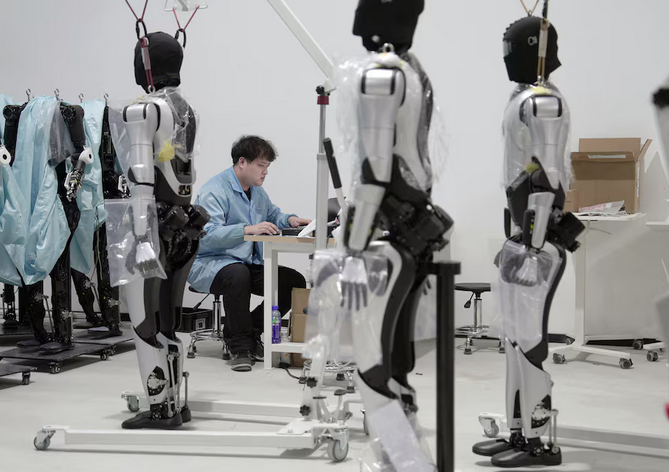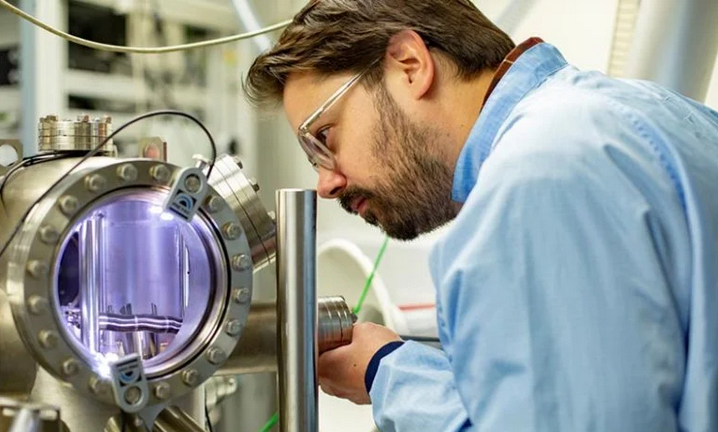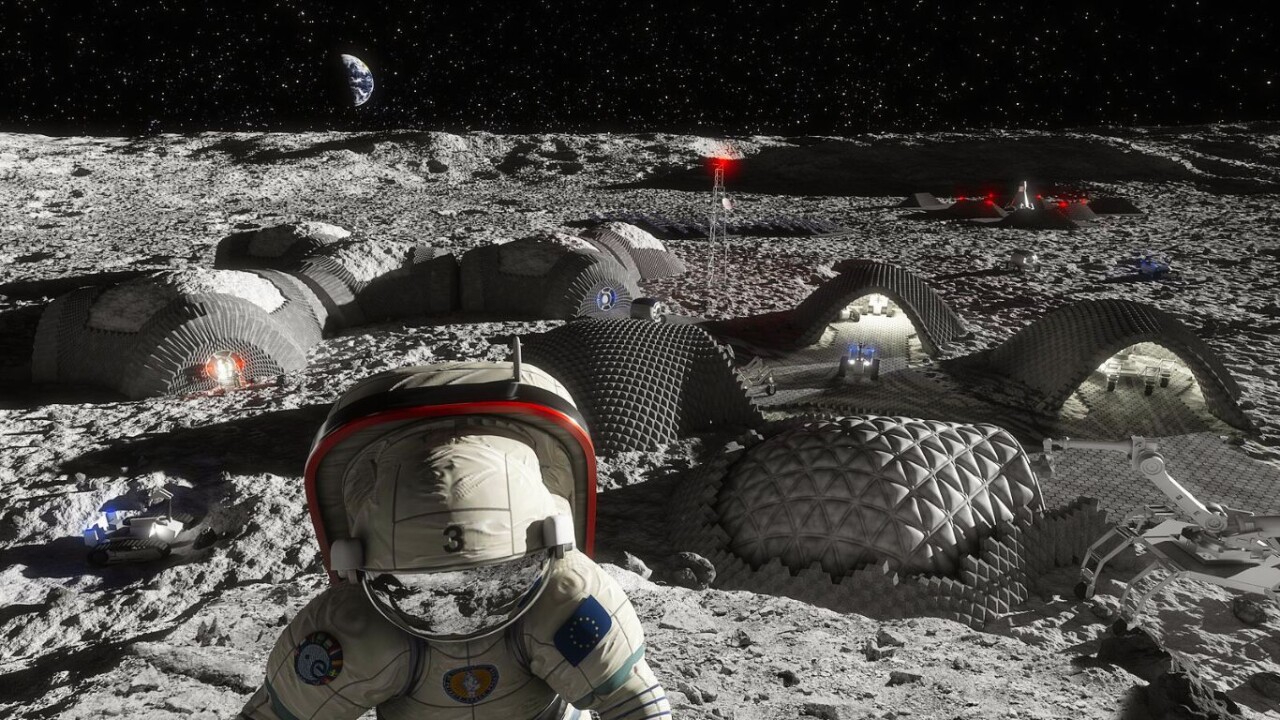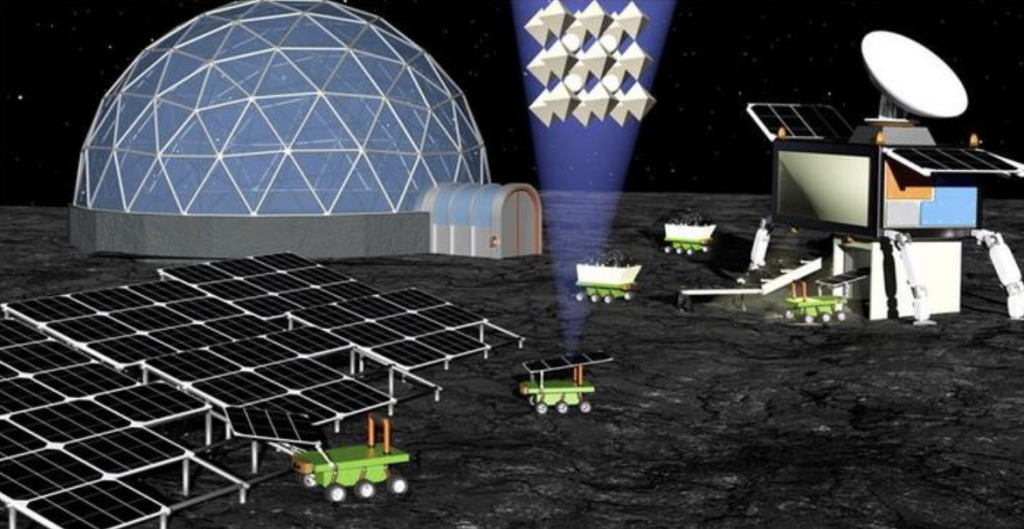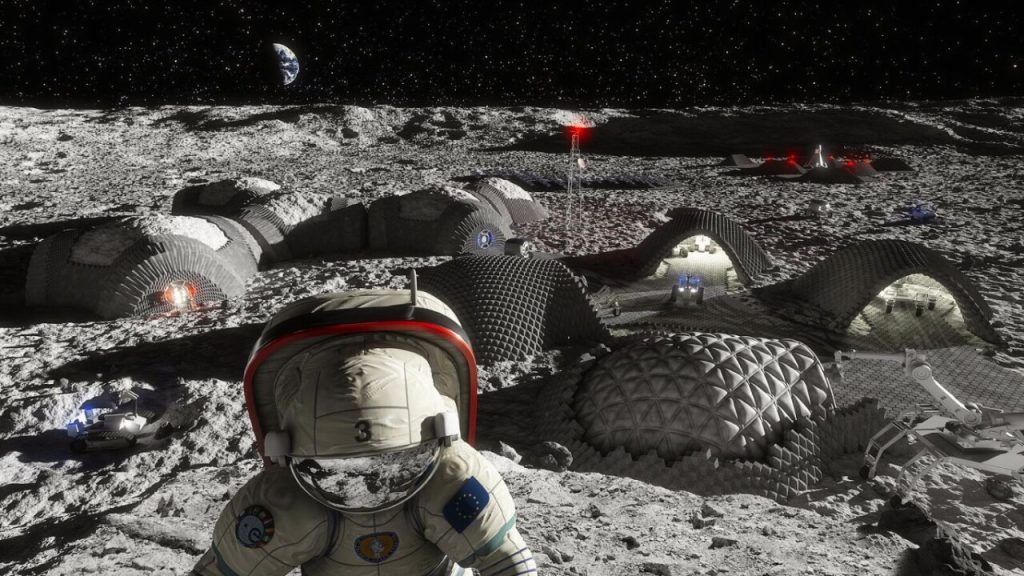Updates on Apple iPhone 16 & Apple iOS 18.5 Release Date
I find myself waiting impatiently every year for Apple to reveal the costs of its upcoming iPhone models. Fortunately, there won’t be any price increases for the $799 base model of the iPhone 16 this year. The iPhone 16 is currently available for prerecord; full availability will begin on September 20. The three storage options that have been offered for the past few years for the iPhone 16 are 128GB, 256GB, and 512GB. The brighter, more vivid color options this year pink, teal, ultramarine, black, and white are what I’m pleased about.
Because these new colorways are more striking than the pastel-like iPhone 15 colors, they may be enough to convince people not to choose the iPhone 16 Pros. The models that make up this year’s iPhone 16 lineup share a lot more similarities than previous years, though I know that many people are constantly unsure about which iPhone to purchase.

For instance, the Action button, which was initially reserved for the iPhone 15 Pros last year, and the Camera Control button, which is present in the iPhone 16 Pros, are now included in the iPhone 16. Even the Apple Intelligence features are essentially the same, though they were added as a post-release iOS 18 update.
How this model’s improved cameras stack up against last year’s iPhones, the more expensive iPhone 16 Pro, and its primary rivals in the market are some of the most important questions I also want to address in my review of the iPhone 16. The iPhone 16 is a far more fashionable phone.
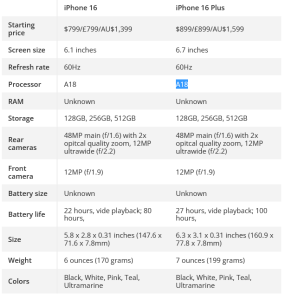
One of the most important questions I want to address in my review of the iPhone 16 is how the improved cameras on this model stack up against the iPhones from the previous year, as well as the more expensive iPhone 16 Pro and its primary rivals. I wish these bolder colors were available for the Pro iPhones, but the iPhone 16 is a much more stylish phone than the iPhone 16 Pros.
I also like how the ultramarine colorway review unit’s color-infused back glass pops at the perfect angle, and even little details like the rear cameras’ outline color create a striking contrast as an accent color. In relation to cameras, the iPhone 16 has numerous new design elements.
To accommodate spatial video and photo capture, the series has switched back to a vertical arrangement from its previous three-year diagonal arrangement. The Action Button on the left side of the phone and the Camera Control on the right are two more recent design additions.
Finally, the iPhone 16’s USB-C port, which is located on the bottom, is still limited to the slower USB 2.0 speeds that the iPhone 15 provided. Despite this, the iPhone 16’s design is enhanced by these features and its attractive appearance, which also helps to close the functional gap with the iPhone 16 Pro.
Apple iOS 18.5 Release Date
The general release would not have been prepared if it hadn’t arrived at the appropriate time. Now, it appears to be. A week after the software’s fourth beta, this indicates that the schedule that many had hoped was coming together is actually working.
Furthermore, the general release is scheduled for next week, assuming no problems arise. Additionally, on Monday, May 5, Apple announced that the Pride Edition Sport Band for the Apple Watch will be arriving soon, along with the accompanying watch face.
These three software updates typically occur on the same day, so it’s nearly impossible that the software won’t arrive at the same time, especially since the watch band will be arriving next week.
Apple has quietly confirmed, then, that iOS 18.5 release date will be in the week commencing Monday, May 12. So, which day?
Apple iOS 18.5 Release Date
Apple likes to release its software on a Monday or Tuesday, unless there’s a pickle or a delay. Here, it looks like it’s right on time, so my guess is Tuesday, May 13, but if Apple is happy with the way the release candidate has landed, then Monday, May 12 is right in the frame.
